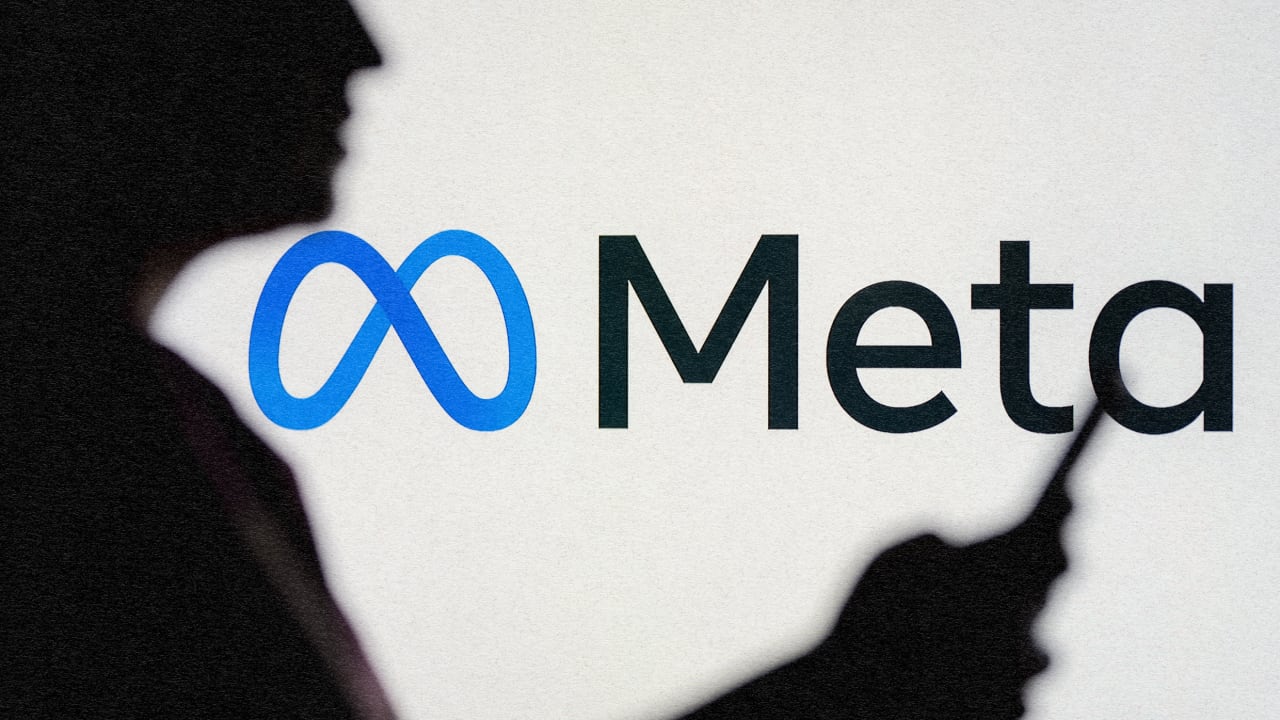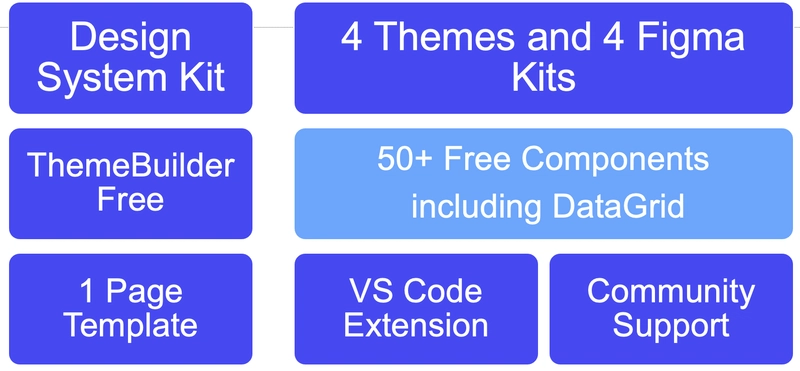Government RFPs: How AI Can Make Them Less of a Headache (and More Effective)
Let's be honest, government Request for Proposals (RFPs) have a reputation. They're often lengthy, complex, and can feel like navigating a bureaucratic maze. For both the government issuing the RFP and the companies bidding, it's a time-consuming and resource-intensive process. But what if I told you there's a way to make things smoother, faster, and more efficient? Enter Artificial Intelligence (AI). Yes, AI isn't just for futuristic robots; it's already transforming how governments work, and RFPs are a prime candidate for an AI-powered makeover. How AI Can Supercharge Government RFPs AI can assist in several key areas of the RFP lifecycle: Smart RFP Creation: Imagine an AI that helps draft clear, concise, and unambiguous RFPs. This means fewer ambiguities, less back-and-forth clarification, and ultimately, better proposals. AI can analyze past RFPs, identify common mistakes, and suggest improvements to wording and structure. It can even ensure consistency across different departments. Automated Bidder Qualification: Sifting through numerous bids is a monumental task. AI can analyze bidder qualifications against RFP requirements, pre-screening applicants and flagging those who don't meet the criteria. This saves valuable time and resources, allowing procurement officers to focus on the most promising candidates. Improved Proposal Analysis: Evaluating proposals is subjective and time-consuming. AI can analyze proposals, identifying key themes, scoring responses based on predefined criteria, and even detecting potential inconsistencies or red flags. This leads to a more objective and fair evaluation process. Predictive Analytics for Future RFPs: By analyzing past RFPs and their outcomes, AI can predict potential challenges and risks in future procurements. This allows government agencies to proactively address potential issues and optimize their RFP process. Beyond the Basics: AI's Potential The applications go beyond these core functionalities. AI can also: Improve transparency: AI-powered systems can track the entire RFP process, providing real-time visibility into progress and outcomes. Reduce bias: AI can help minimize human bias in the evaluation process, leading to more fair and equitable outcomes. Enhance communication: AI-powered chatbots can answer frequently asked questions from bidders, streamlining communication and reducing the burden on government staff. Conclusion: A Smarter, More Efficient Future for Government RFPs Integrating AI into the government RFP process isn't about replacing human judgment; it's about augmenting it. By automating tedious tasks, improving analysis, and enhancing transparency, AI can transform the RFP process from a bureaucratic headache into a more efficient and effective system. This means better value for taxpayers, improved outcomes for government agencies, and a more streamlined experience for participating companies. It's time to embrace the future of government procurement—and AI is leading the way.

Let's be honest, government Request for Proposals (RFPs) have a reputation. They're often lengthy, complex, and can feel like navigating a bureaucratic maze. For both the government issuing the RFP and the companies bidding, it's a time-consuming and resource-intensive process. But what if I told you there's a way to make things smoother, faster, and more efficient? Enter Artificial Intelligence (AI).
Yes, AI isn't just for futuristic robots; it's already transforming how governments work, and RFPs are a prime candidate for an AI-powered makeover.
How AI Can Supercharge Government RFPs
AI can assist in several key areas of the RFP lifecycle:
Smart RFP Creation: Imagine an AI that helps draft clear, concise, and unambiguous RFPs. This means fewer ambiguities, less back-and-forth clarification, and ultimately, better proposals. AI can analyze past RFPs, identify common mistakes, and suggest improvements to wording and structure. It can even ensure consistency across different departments.
Automated Bidder Qualification: Sifting through numerous bids is a monumental task. AI can analyze bidder qualifications against RFP requirements, pre-screening applicants and flagging those who don't meet the criteria. This saves valuable time and resources, allowing procurement officers to focus on the most promising candidates.
Improved Proposal Analysis: Evaluating proposals is subjective and time-consuming. AI can analyze proposals, identifying key themes, scoring responses based on predefined criteria, and even detecting potential inconsistencies or red flags. This leads to a more objective and fair evaluation process.
Predictive Analytics for Future RFPs: By analyzing past RFPs and their outcomes, AI can predict potential challenges and risks in future procurements. This allows government agencies to proactively address potential issues and optimize their RFP process.
Beyond the Basics: AI's Potential
The applications go beyond these core functionalities. AI can also:
- Improve transparency: AI-powered systems can track the entire RFP process, providing real-time visibility into progress and outcomes.
- Reduce bias: AI can help minimize human bias in the evaluation process, leading to more fair and equitable outcomes.
- Enhance communication: AI-powered chatbots can answer frequently asked questions from bidders, streamlining communication and reducing the burden on government staff.
Conclusion: A Smarter, More Efficient Future for Government RFPs
Integrating AI into the government RFP process isn't about replacing human judgment; it's about augmenting it. By automating tedious tasks, improving analysis, and enhancing transparency, AI can transform the RFP process from a bureaucratic headache into a more efficient and effective system. This means better value for taxpayers, improved outcomes for government agencies, and a more streamlined experience for participating companies. It's time to embrace the future of government procurement—and AI is leading the way.









































































































































































![[The AI Show Episode 144]: ChatGPT’s New Memory, Shopify CEO’s Leaked “AI First” Memo, Google Cloud Next Releases, o3 and o4-mini Coming Soon & Llama 4’s Rocky Launch](https://www.marketingaiinstitute.com/hubfs/ep%20144%20cover.png)















































































































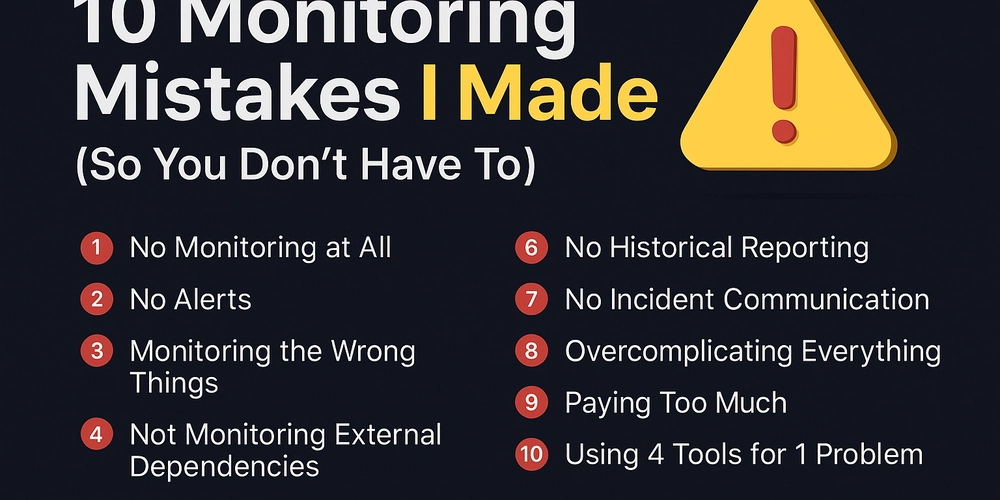
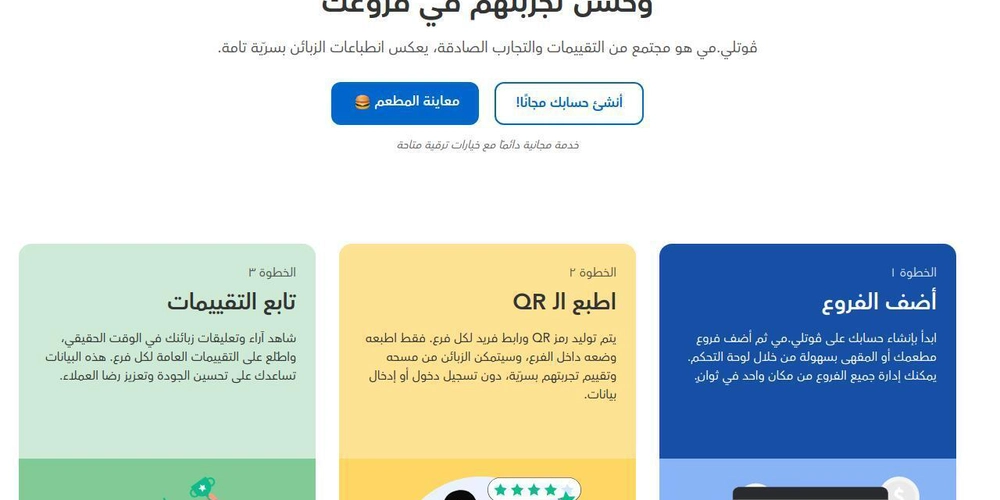

































































.jpg?width=1920&height=1920&fit=bounds&quality=70&format=jpg&auto=webp#)































































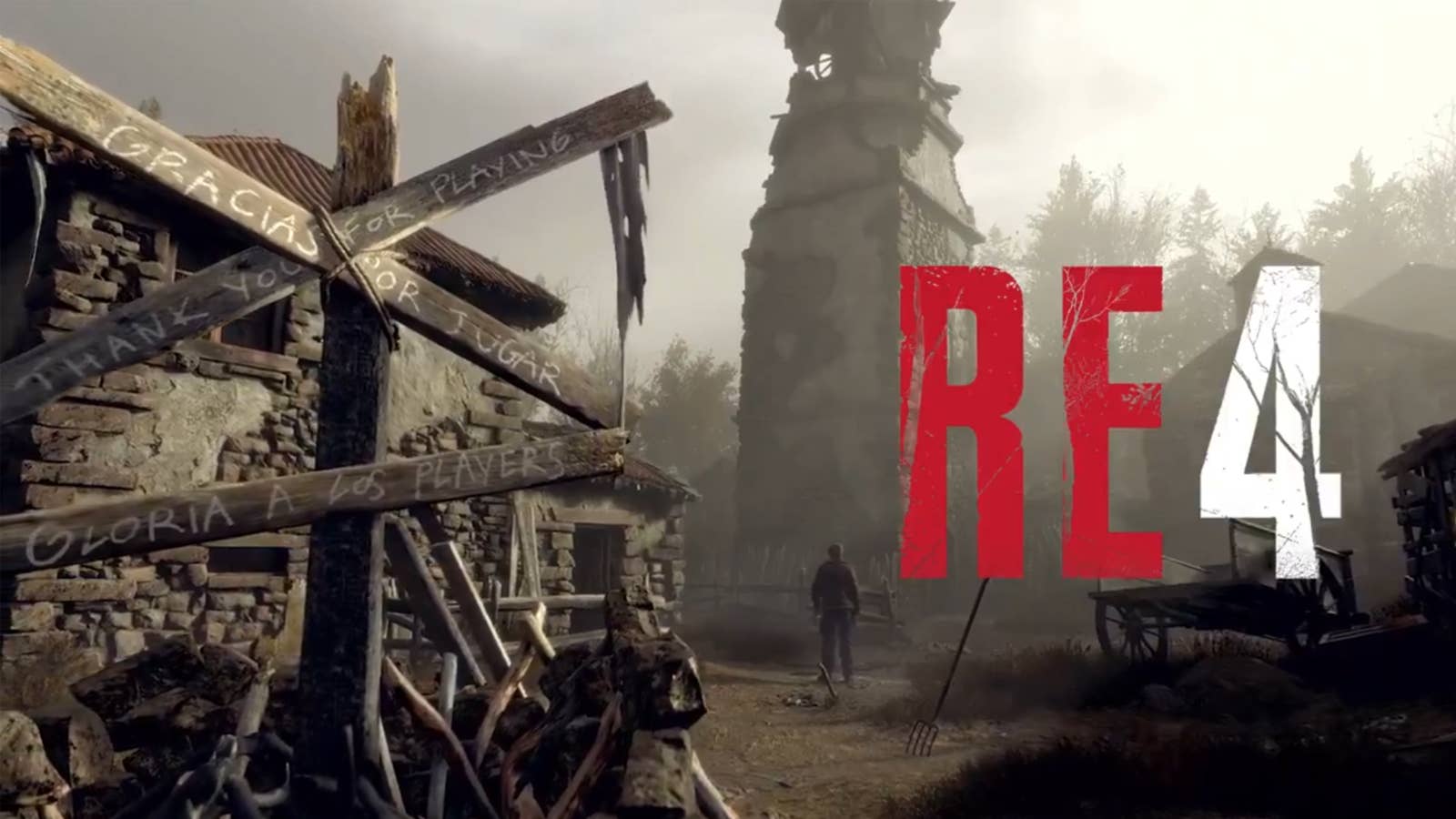























_Olekcii_Mach_Alamy.jpg?width=1280&auto=webp&quality=80&disable=upscale#)
















































































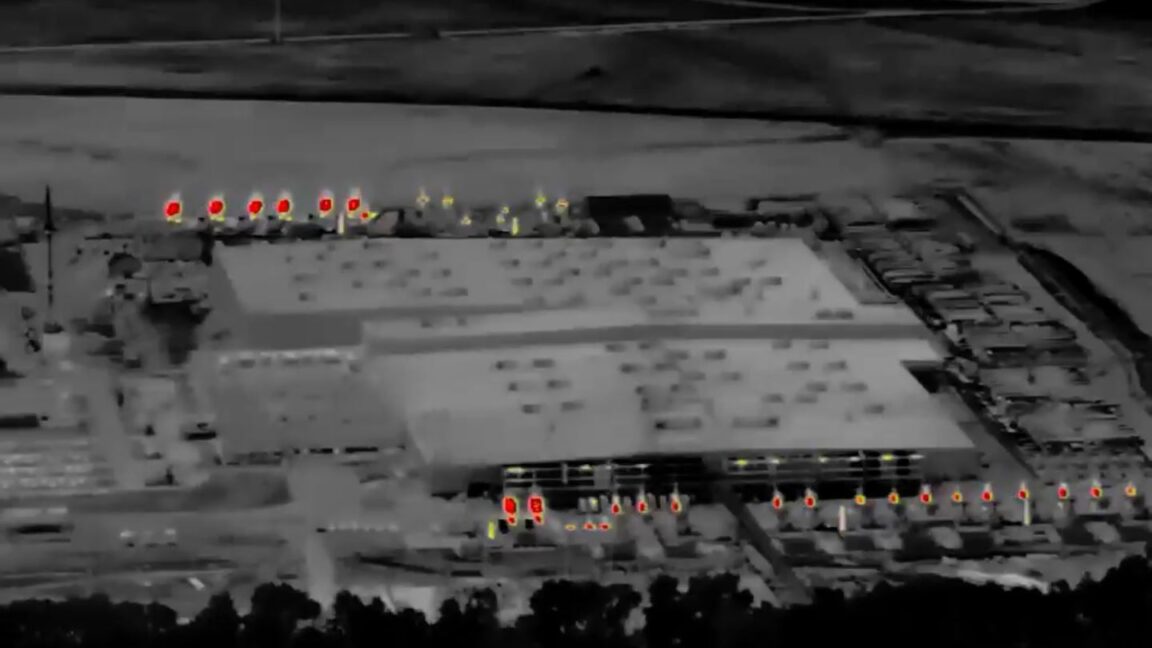










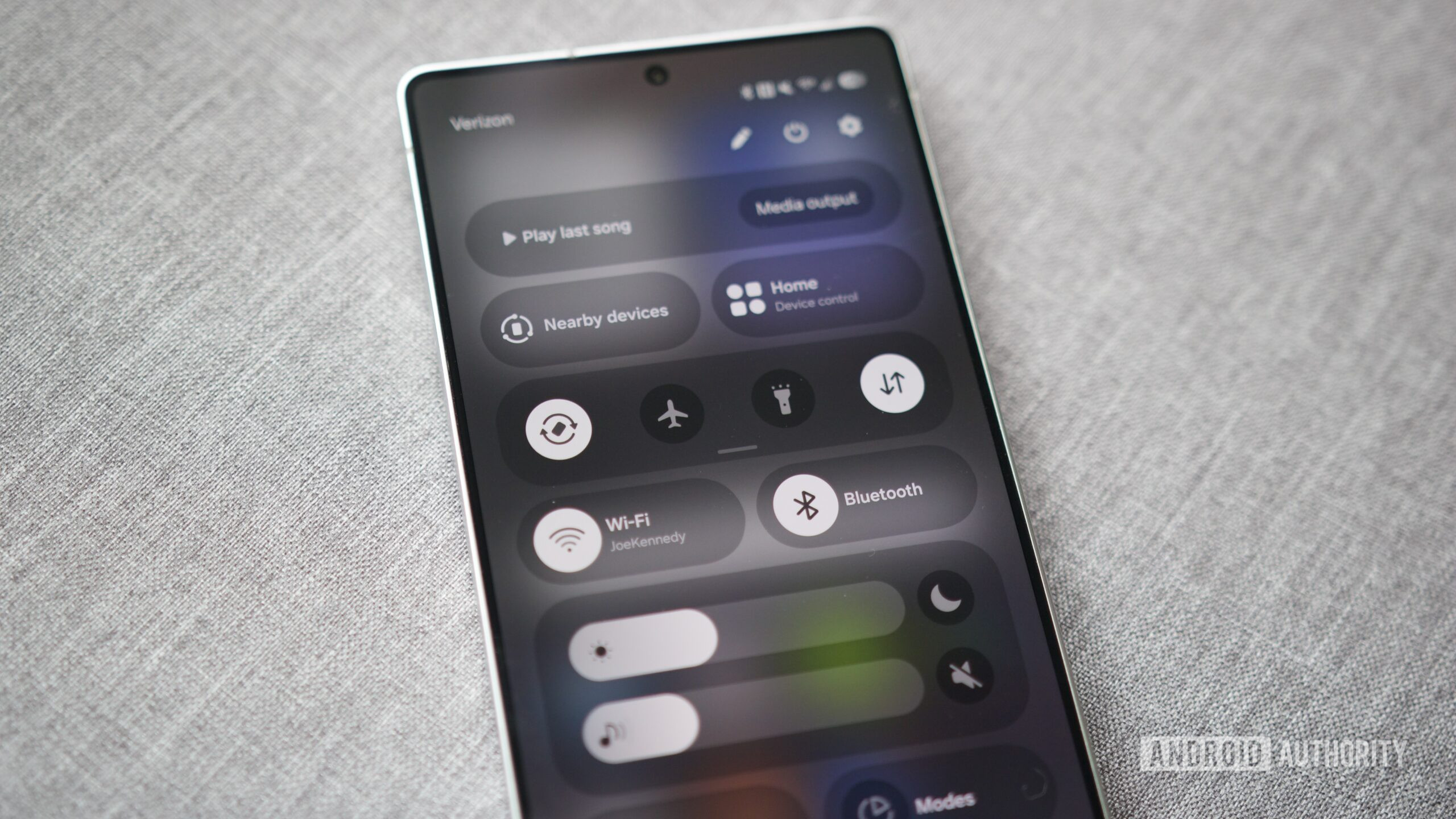

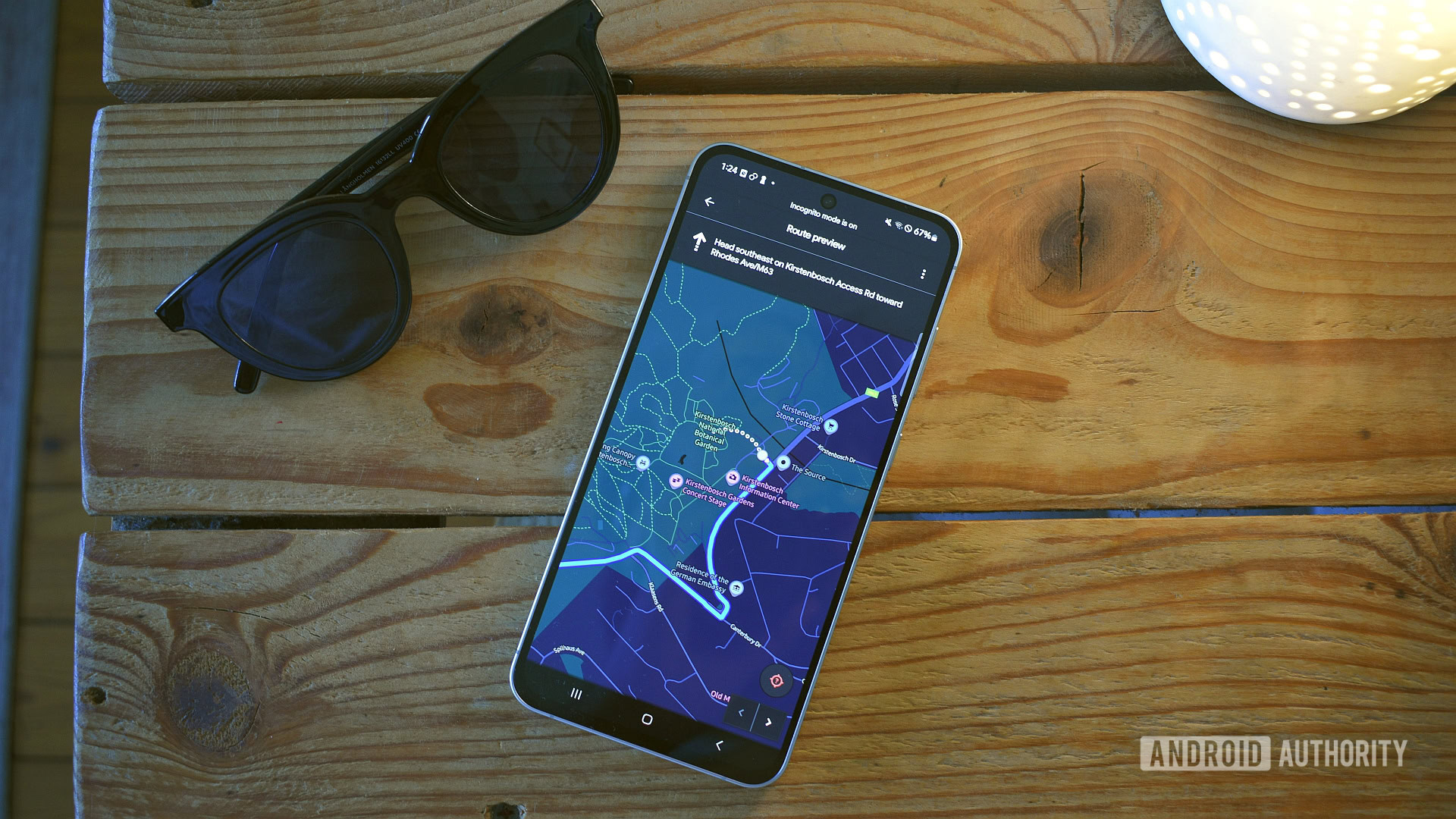

















![Apple Drops New Immersive Adventure Episode for Vision Pro: 'Hill Climb' [Video]](https://www.iclarified.com/images/news/97133/97133/97133-640.jpg)

![Most iPhones Sold in the U.S. Will Be Made in India by 2026 [Report]](https://www.iclarified.com/images/news/97130/97130/97130-640.jpg)
![Apple to Shift Robotics Unit From AI Division to Hardware Engineering [Report]](https://www.iclarified.com/images/news/97128/97128/97128-640.jpg)

































































